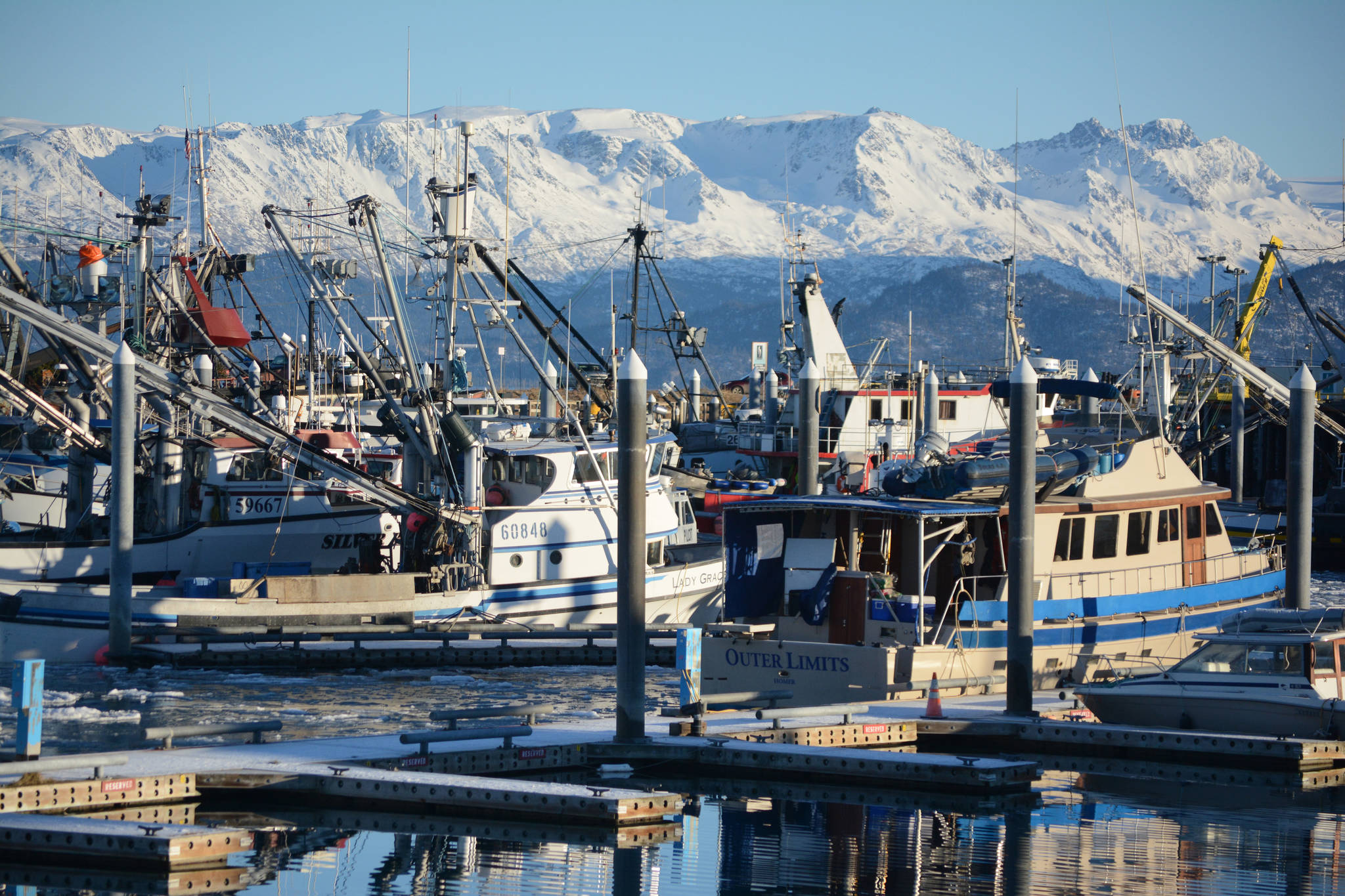An opportunity to receive funding for salmon habitat studies on the Kenai Peninsula is becoming available, with the possibility of many benefits to commercial salmon fishing in Cook Inlet.
The Kenai Peninsula Fish Habitat Partnership is sending out a request for proposals that aim to fund projects that will retain, restore and enhance fish habitat on the Kenai Peninsula. Kenai Peninsula Fish Habitat Partnership Coordinator Melissa Smith, outlined what they’re aiming for.
“We are looking for proposals that are going to fund projects for on-the-ground fish habitat improvements, so we are going to be focusing on things that make the largest dollar for dollar improvement in fish habitat,” she said.
Some of the top priorities KPFHP have identified in their action plan include preventing the degradation of currently functioning salmon habitat; conserving hydraulic conditions for fish (water flows); protecting at-risk systems; reconnecting fragmented salmon habitat; and enhancing recreational, commercial, subsistence and traditional fishing opportunities.
“In funding these projects, with the overall habitat improvements, the whole goal is to improve sustainability of salmon runs,” Smith said.
She added that invasive species are another large component. In addition to invasive pike and the aquatic weed elodia, there are species such as reed canary grass, which like elodia can choke out a salmon stream and also can take over spawning beds, and European green crab.
The crab are sometimes taken in with ballast water on a variety of types of ships, including cruise ships and oil tankers, which then can get discharged off coastal Alaska. While there hasn’t been any evidence of the crab in Cook Inlet, they have been found in increasing numbers in Southeast, and it may just be a matter of time before they show up in the sheltered waters of Kachemak Bay.
“There’s talks around wanting to push assessment efforts for identifying its presence when it does happen,” Smith said. “We’re kind of assuming it’s inevitable. Unfortunately they’re extremely adaptable to a wide variety of environmental conditions. They’re really hard to stop.”
Invasive aquatics are at the top of their list of threats to fish habitat, followed by warming climate, although it can be hard to draw a line between the two.
The third threat was incompatible commercial and residential development.
“Those top (ones) are what we are focusing on as far as looking for projects to fund, something that fits those categories,” Smith said.
Smith said that the funding amount has not been released yet, but in the past the organization has received around $250,000, and on the national level it’s about $7.2 million. She said they tell applicants to expect something in the $10,000-$50,000 range.
Applications are due by 2/15/23, and more information and applications can be found at https://www.kenaifishpartnership.org/funding-opportunities/. Melissa Smith can be contacted at fishhabitat@kenaiwatershed.org.
Cristy Fry can be reached at realist468@gmail.com



